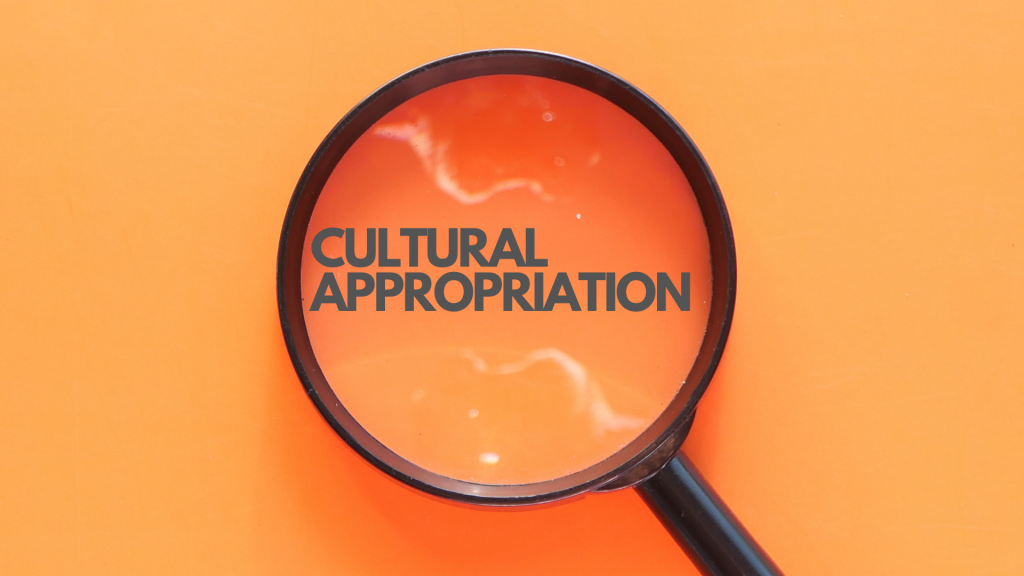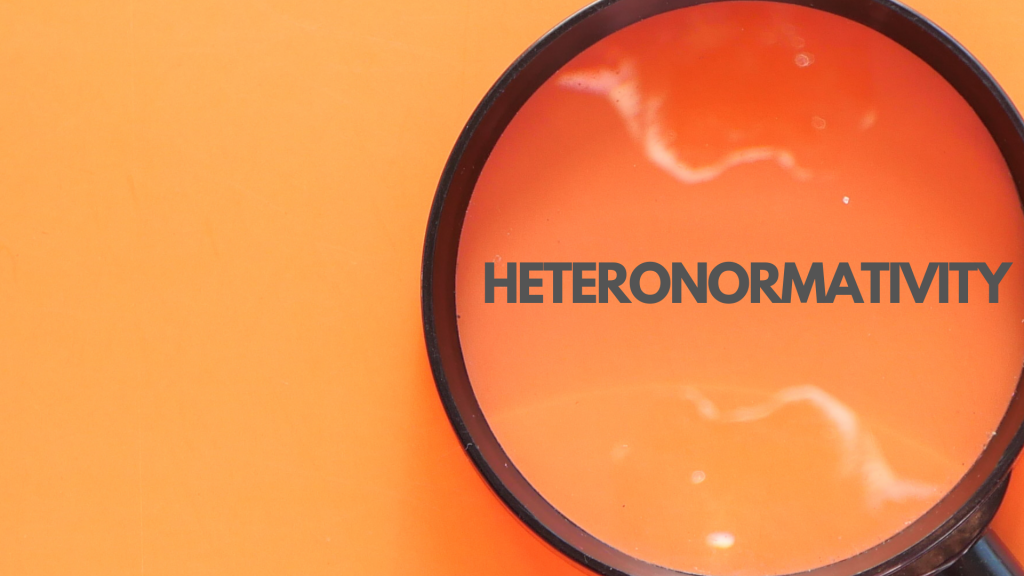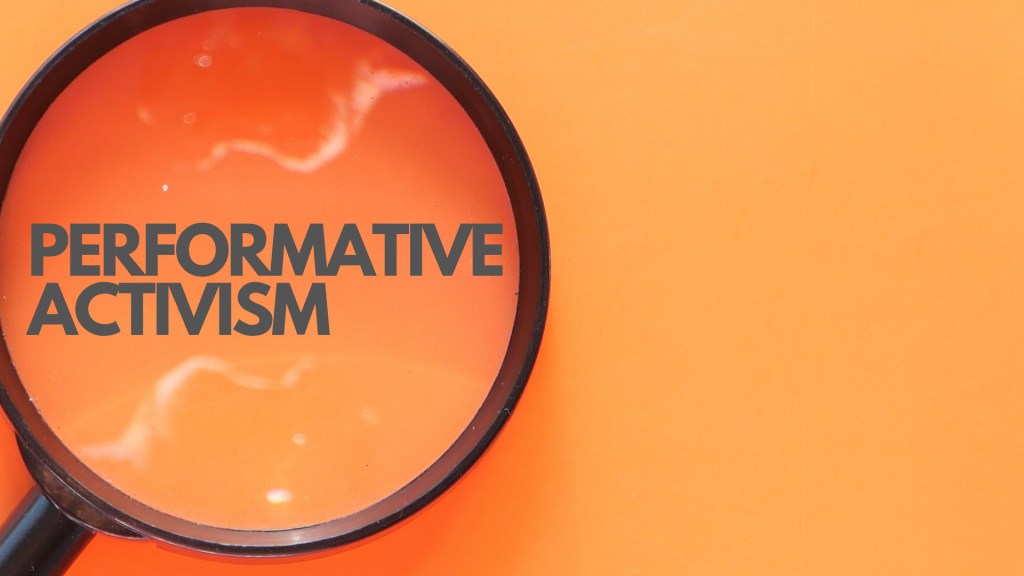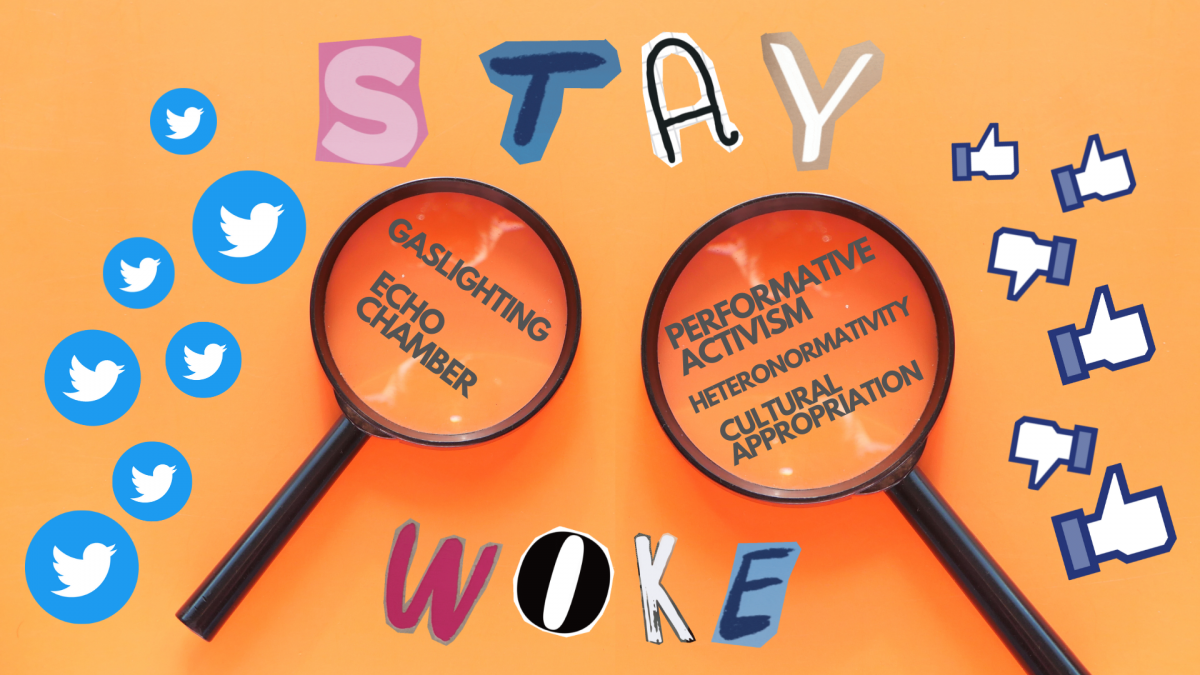Language continuously changes; terms that are neither new nor old start to resurface. One could even use language as a gauge when history is repeating itself. If you have at least a mobile phone that could access Facebook and other social media platforms, you would have already been exposed to some terms that are being thrown out by mostly Gen Zs and Millennials.
Language is both inclusive and exclusive. Inclusive, in such a way that using a particular term or “Salita ng masa” creates an opportunity to reach more people in a specific group. When one uses a specific lexicon, it often targets the people who view the same lens as the speaker—this, however, when unwatched, also creates an echo chamber.
Language can also exclude peoples who are not familiar with the terms or way of speaking used by a speaker. I would like to borrow a phrase from a friend who said, “Magkakaiba tayo ng pagkamulat. May mga nauna, may mga nahuli, at mayroong namumulat pa lamang. Sila ang dapat bigyan ng pansin sa pagkatuto.”
Here are some of the terms you may encounter on social media. When you read an article or post that is seemingly political (what isn’t, these days, really), these terms may come in handy.
Echo Chamber

As mentioned above, we create an echo chamber when we only expose ourselves to the things, ideas, opinions, and principles that reinforce ours. When we are not exposed to diverse perspectives and often read shared narratives, this becomes an echo chamber. It can contribute to misinformation or the difficulty to understand an opposing point of view.
One example of an echo chamber is when a person believes that the Earth is flat. If you filter opinions of others that suggest the opposite of what you believe in, it is called a filter bias, which is a type of echo chamber. Confirmation bias is if you tend to subscribe to information that supports your claim and use it to confirm your viewpoint.
Gaslighting

Simply put, gaslighting is a method of brainwashing or manipulation, often used by abusers. When someone tries to twist your sense of reality, either to make them seem like the victim or to make you feel like you pushed them to do something terrible to you, you are gaslit. Gaslighting is emotional abuse that happens when an abuser tries to take control of the situation by invalidating your feelings or opinions or by blatantly lying about what actually happened.
If you experienced apologizing after someone who hurt you or did something bad to you said that you were overreacting and you made them feel like they’re the worst person, even though they said they didn’t mean to do you badly—you were gaslit.
Cultural Appropriation

Each culture has its own identity. That said, they often use elements to create distinction from others. It could be a dress, a hat, a tattoo, a way of speaking, their skin colour, or even rituals. When you use an element from another culture without asking for their permission, you culturally appropriate them. Cultural appropriation is initially neither a good nor a bad thing. It becomes questionable when a person from a superior or dominant culture is the one borrowing, especially if the person is from a culture with oppressive history.
One pervasive example of cultural appropriation in TV and mainstream media is ‘blackface’. It is the act of colouring someone’s skin with another colour, either to portray a race or ethnicity. Another example of a high profile cultural appropriation involved Nas Daily and Whang-Od. Needless to say, if a show is supposed to pay tribute or homage to a particular culture, they should be well to cast people from that culture, instead of getting an A-lister actor who is not a part of the culture they are featuring. Or, if one is promoting another culture, permission must be obtained at all costs.
Heteronormativity

The view that gender, a hegemonic social construct, is dichotomous (a view that one is either male or female) promotes heteronormativity. It is a term that suggests the idea that heterosexuality is the only normal expression of sexuality.
It should be noted that gender identity, a topic for another discussion, is one’s innermost concept of self as male, female, a blend of both or neither – how individuals perceive themselves and what they call themselves. So, if you find yourself asking your friends from a queer relationship, “who’s the man/woman in the relationship?” you are heteronormative.
Performative Activism

By now, it is already clear that social media plays a significant role in our lives. We may even consider it as our fifth limb. We get our daily dose of news, information, and connectivity through the internet. Along with the knowledge and news we stumble upon daily, we encounter causes and issues relating to our socio-political climate.
Performative activism happens when you limit yourself to just showing activism for personal gains. Or just because everyone else is doing it. Being performative in itself is not entirely wrong. But if there is no follow-through to make a difference or contribute towards a cause, and a person only performs for popularity or, worse, monetary gains, the performative activism becomes exploitative as well. Touch some grass, nasa labas ang tunay na laban.


